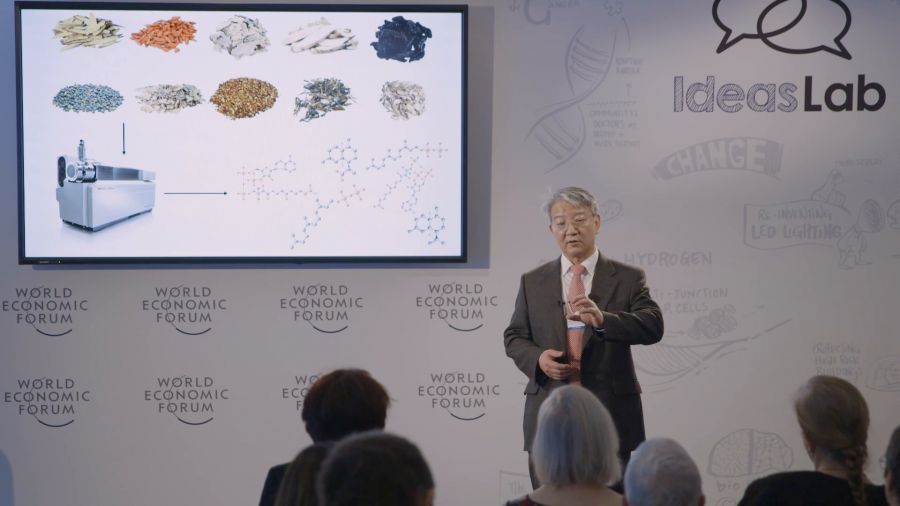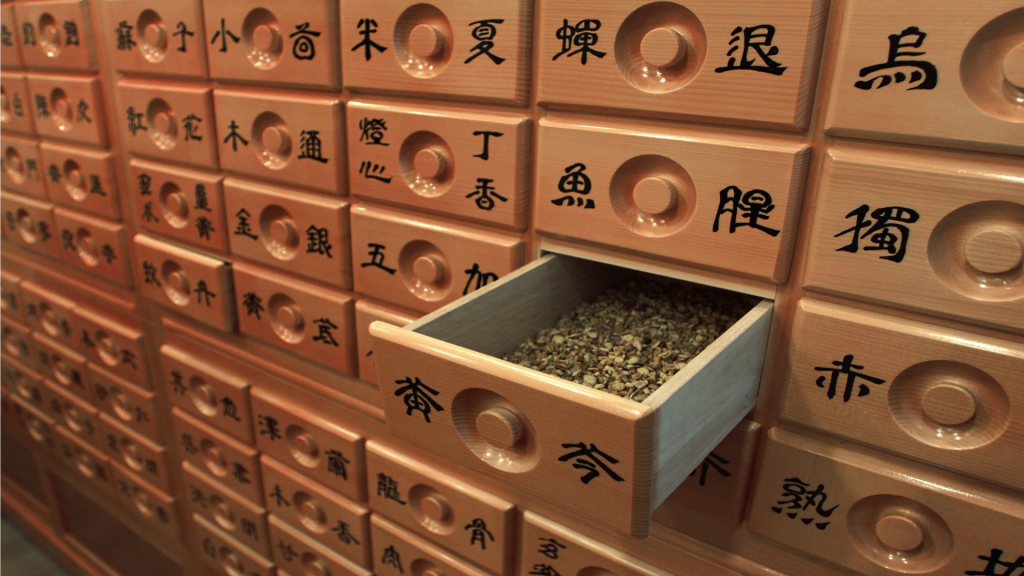
When you go to a Korean traditional medicine clinic, you will see these medicine boxes. In five thousand years of Korean history, various mixtures of plants and animals have been used to treat or prevent diseases based on actual trial and error-type clinical testing.
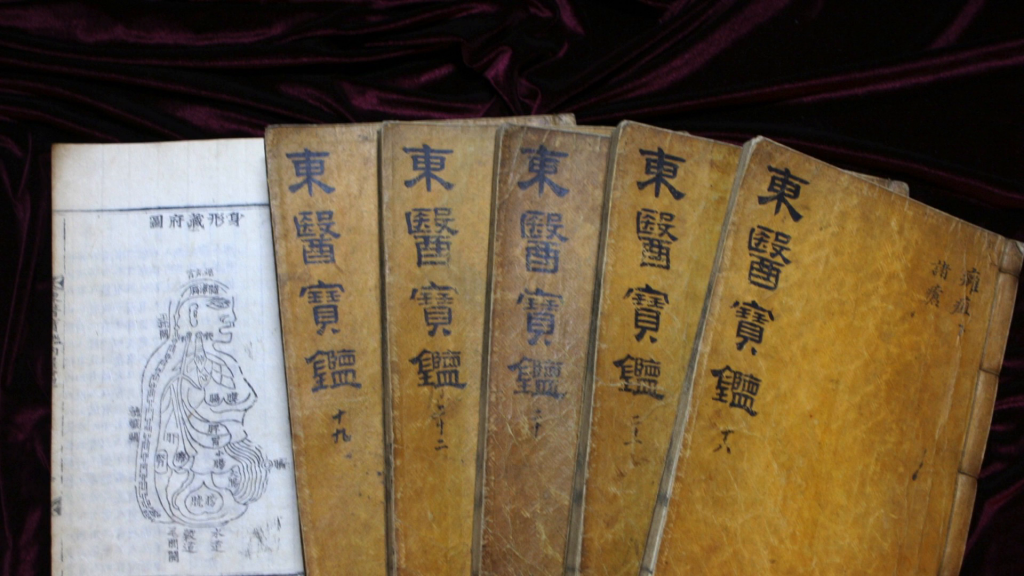
And this knowledge and experience has been compiled into one book called Dongui Bogam, written about four hundred five years ago by a Korean doctor named Heo Jun. This book covers overall diagnostics, internal and external medicine, and various therapies including soup therapy, and also acupuncture, which you are aware of.
In other parts of the world, when you have a headache or fever, you would not want to take aspirin, Tylenol, or Advil. These drugs have been approved and used based on the scientific proven mechanism of action that reduces the precursors responsible for such a symptom.
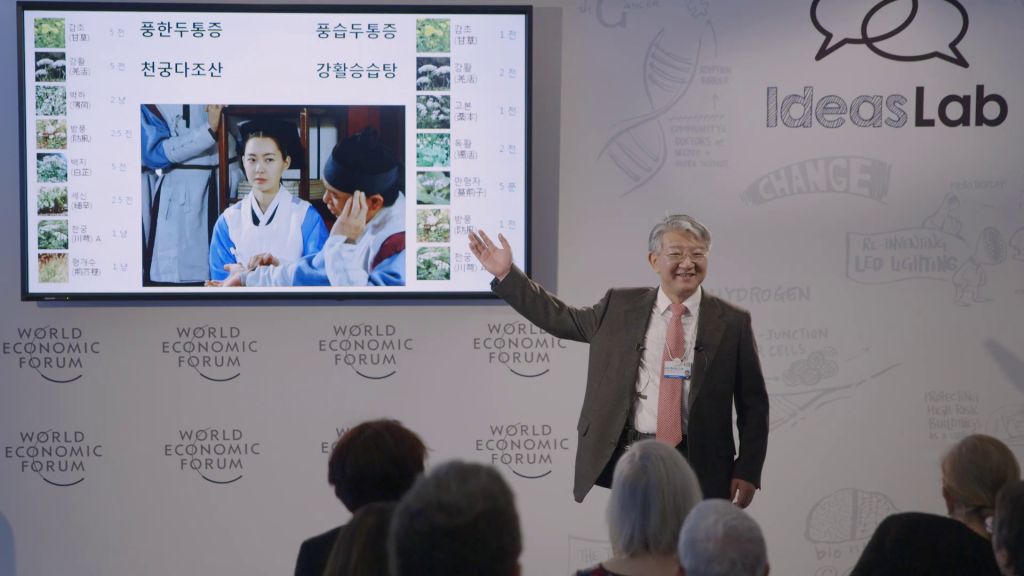
In Korean medicine, headaches are classified into many different types. So, for example if you have a headache with back pain without dry mouth, you will be prescribed with [Korean phrase]. Never mind about the pronunciation.
If you have a headache with the severe tiredness, you will be given another mixture of plants to treat. And so on. When you get those mixtures of plants, what you do is you boil them together to extract active compounds, you squeeze the soup out of it, and then drink it (the black soup) for a certain period. One major problem is this black soup of course contains active compounds to cure the disease, but also those unwanted compounds that cause liver and kidney toxicity.

Then, how can you isolate only those active compounds out of this, and use that mixture as the approach to treat disease in a new way, this multi-compound, multi-target approach to address this complex human system? So that is the concept of multi-compound, multi-target approach that’s useful for single-target, single-component approach.
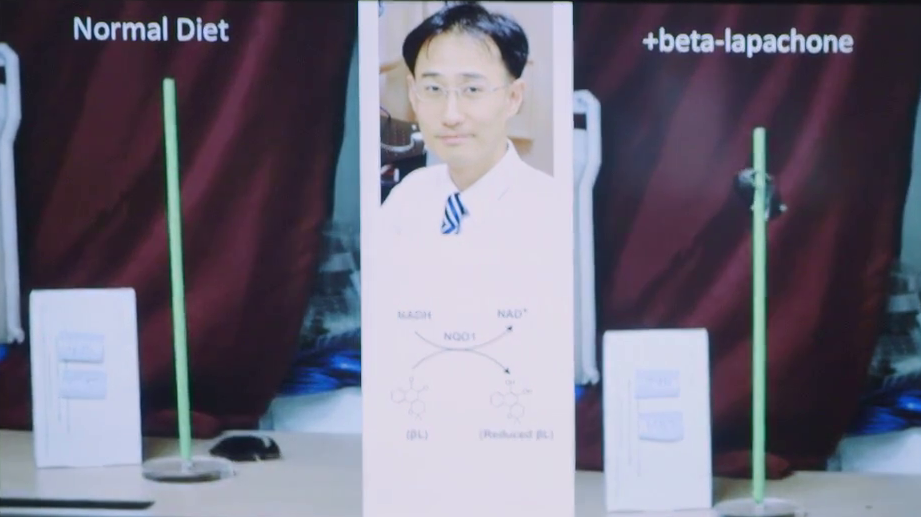
You’re looking at all the mice with normal diet, you’re looking at all the mice additionally fed with a plant mixture containing beta-lapachone. As you can see, this mouse taking the plant mixture became much healthier and stronger because it increased muscular and your brain function [due to] the compound called beta-lapachone.

Why? Why are these natural compounds better than synthetic chemicals to treat diseases? We have intensively analyzed all those known compounds in the natural products, and found that these compounds have higher similarity, especially structural similarity, to human metabolites. You’re looking at one of the compounds in the middle there from ginseng, similar to the metabolites in steroid metabolism, for example.
One of the key philosophies in traditional Oriental medicine is so-called synergistic combination of king, minister, assistant, ambassador compounds. The king compound is the major drug, the minister increases the efficacy, the assistant reduces the side-effects, and ambassador delivers the drug to the right site.
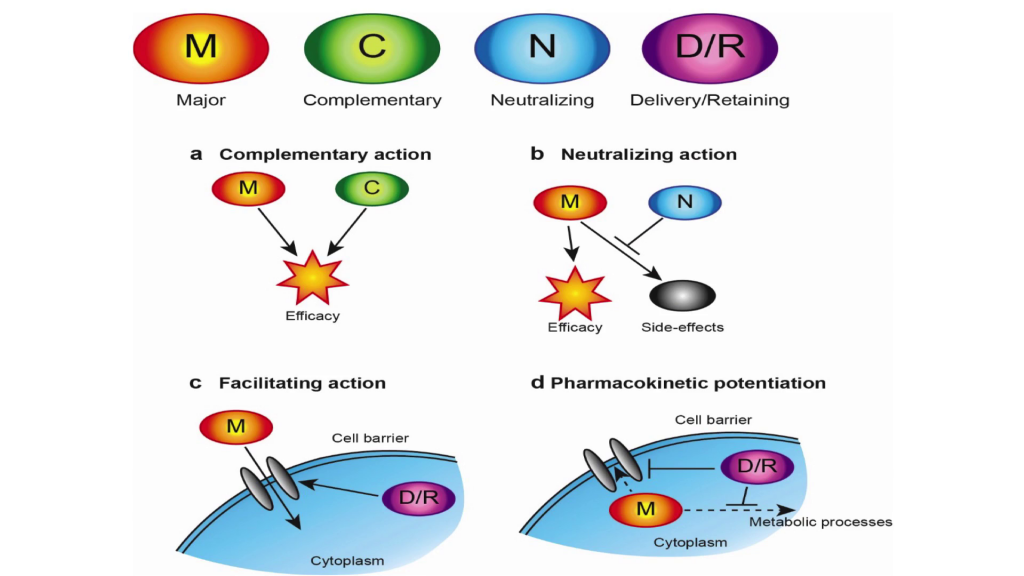
This concept has actually been proven by more than systems biology, because the king represents the major drug. And then the minister represents a complimentary drug. And then the assistant corresponds to neutralizing drug. (So reduces toxicity.) And then the ambassador corresponds to the delivery function, and enhancing pharmacokinetics.
So we have intensively analyzed all those known compounds from natural plant extracts, and then we looked at the synergistic combinations. [Slide begins scrolling through a large number of chemical diagrams at ~3:45] And you don’t have to pay attention to these complex chemical structures, but in short, we found such synergistic combinations actually exist to treat diseases better. So the old book has not only the wisdom, but scientifically-proven mechanisms.
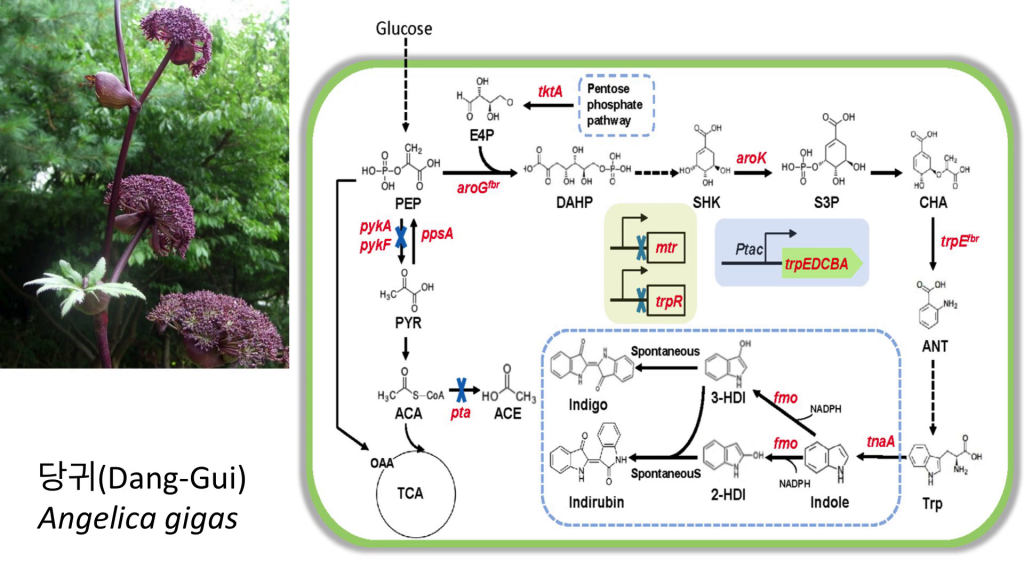
Now, once you identify these active compounds, what are you going to do? You need to overproduce them. So, we use microorganisms. So for example, we were able to engineer our gut bacteria called E. coli, and now they are producing indirubin[?], which is a great anti-cancer agent which should have been extracted from plants, but now we produce through E. coli.
Human life expectancy increased to 73 years. The number of people who are over 65 years old is about 580 million. Annual healthcare spending around the world this year will be about eight trillion dollars. What are you going to do about it? I think it’s more important to prevent disease, make people stay healthy rather than treating diseases alone.
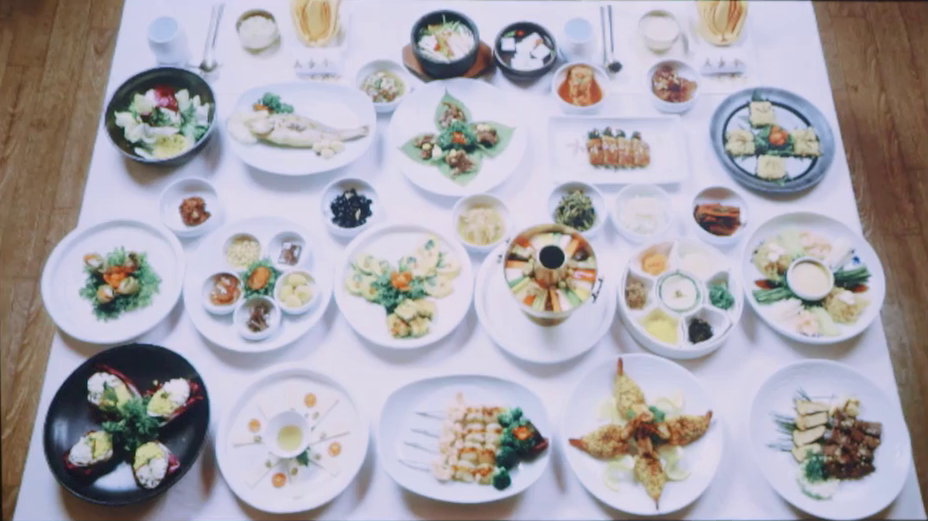
You’re looking at a Korean dinner table. By the way, you don’t eat like this every day. But this represents the best example of balanced diet, or balanced nutrition. It is a typical example of a multi-compound, multi-target approach to make you stay healthy. So, medicine, nutrition, even cosmetics, share the same line.
The question. Out of this knowledge of many different plant medicines, can we really identify, or how can we more readily identify, those active compounds. Once we identify them, can we really engineer microorganisms to overproduce these individual chemicals that are functional. Also, the last question will be, how can we reform our current healthcare system or management system to link nutrition and medicine together, so that we can make our life much healthier in this aging society?
Thank you very much.
Further Reference
Sang Yup Lee faculty profile at the KAIST web site.
